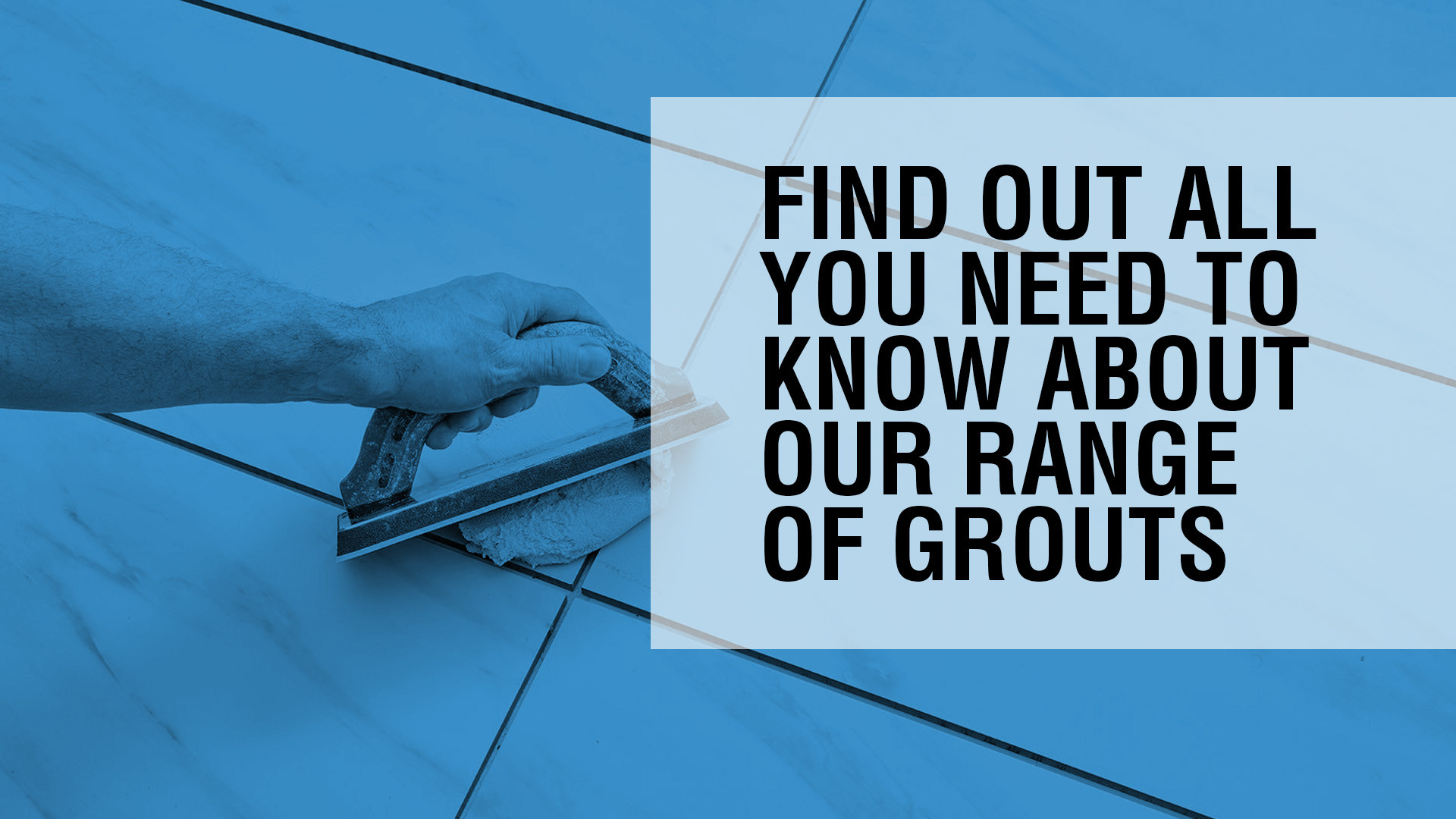We use cookies to make your experience better. To comply with the new e-Privacy directive, we need to ask for your consent to set the cookies. Learn more.

Installing a tile or stone floor requires careful selection of the right materials to create an exquisite final product. The grout chosen is unbelievably important, as it profoundly affects both the aesthetic properties and long-term durability of your project. Taking time in this step will give you beautiful results that last for years!
Grout is an important component in creating a tiled area that looks great and lasts for years. This powdered mixture provides structure to the tile installation by maintaining clean-looking joints while reinforcing its strength and stability against dirt accumulation or damage. In short, it's something you don't want nulling on when setting up your ideal look!
Mapei Grouts


High performance, polymer-modifi ed, water-repellent, cement-based grout with DropEffect® technology for joints up to 6mm.


Two-component, versatile, decorative, acid-resistant epoxy grout, with a bacteriostatic agent and BioBlock® technology, for grouting ceramic tiles, glass mosaics and stone materials.


Fast setting and drying flexible polymer modified anti efflorescence grout for joints from 2-20 mm.
Validus Grouts


An antibacterial, flexible, smooth cement-based grout for joints 1 to 6mm. Suitable for use with all types of ceramic, porcelain and natural stone tiles in interior and exterior applications.


A two part epoxy resin grout for joints 1 to 10mm. Suitable for use with all types of ceramic, porcelain and natural stone tiles in interior and exterior applications.


A high-performance polymer modified anti-efflorescence and water repellent grout for joints 2 to 20mm, suitable for use with all types of ceramic, porcelain and natural stone tiles in interior and exterior applications.
Python Grout


A premium, highly versatile, flexible, fast setting wall and floor grout, specially formulated to produce a smooth and controlled workability for grouting joints in wall and floor tiles between 2mm – 15mm wide.
So what is the difference in these grouts…
Expoxy Grouts
When it comes to grouts for areas prone to frequent usage and water exposure, one of the best options is epoxy. This hard-wearing material stands up well against moisture and stains - perfect for bathrooms or kitchens where spills are common!
Working with an epoxy grout requires you to work quickly - the base and activator create an exothermic reaction that causes it to harden fast, so make sure all of your tiles are set before time runs out as you will have a limited workable time.
With two-part impervious grouts, the perfect finish can be achieved. All that's needed is a simple surface cleanse with cleaners to freshen up colouring and remove debris - restoring your project to its initial brilliance!
Cementitious Grout
These grouts are Polymer-modified and come in a wide array of colours and can withstand both interior and exterior conditions - even submerged ones! With their easy application, they are the perfect choice for your next project.
Sanded
Sanded grout is the go-to cement solution for high footfall areas, large tiling joints and beyond! With added sand material mixed into its formula to create a strong bond, it will stay put even as your flooring dries; fending off shrinking and cracking. Plus, this sturdy mix won't compromise on resilience
Now that you have choose your grout, you will need some tools…
Grout Floats
A grout float is a tool used in the process of tiling to apply and spread grout between tiles. It is typically a rectangular or square-shaped tool with a handle on one end and a flat, rubber or foam base on the other. The base of the grout float is used to apply the grout to the surface of the tiles and to push it into the spaces between the tiles. The rubber or foam base of the grout float helps to spread the grout evenly and to fill any gaps or voids between the tiles. Once the grout has been applied, excess grout can be removed with the edge of the grout float. Grout floats are commonly used by professional tile installers and DIY enthusiasts alike to achieve a smooth and professional finish on tiled surfaces. Shop Here
Washboy
A tile washboy is a cleaning tool used for washing tiles or other smooth surfaces. It typically consists of a large rectangular container with a grid or perforated plate near the bottom, and a handle for lifting and carrying the container.
To use a tile washboy, you fill the container with water and a cleaning solution, and then dip a sponge or mop into the solution. The sponge or mop is then rubbed over the tiles or surface to be cleaned, and any dirt or grime is washed away into the container through the grid or perforated plate. This helps to keep the cleaning solution clean and free of debris, making it more effective for cleaning. Shop Here

